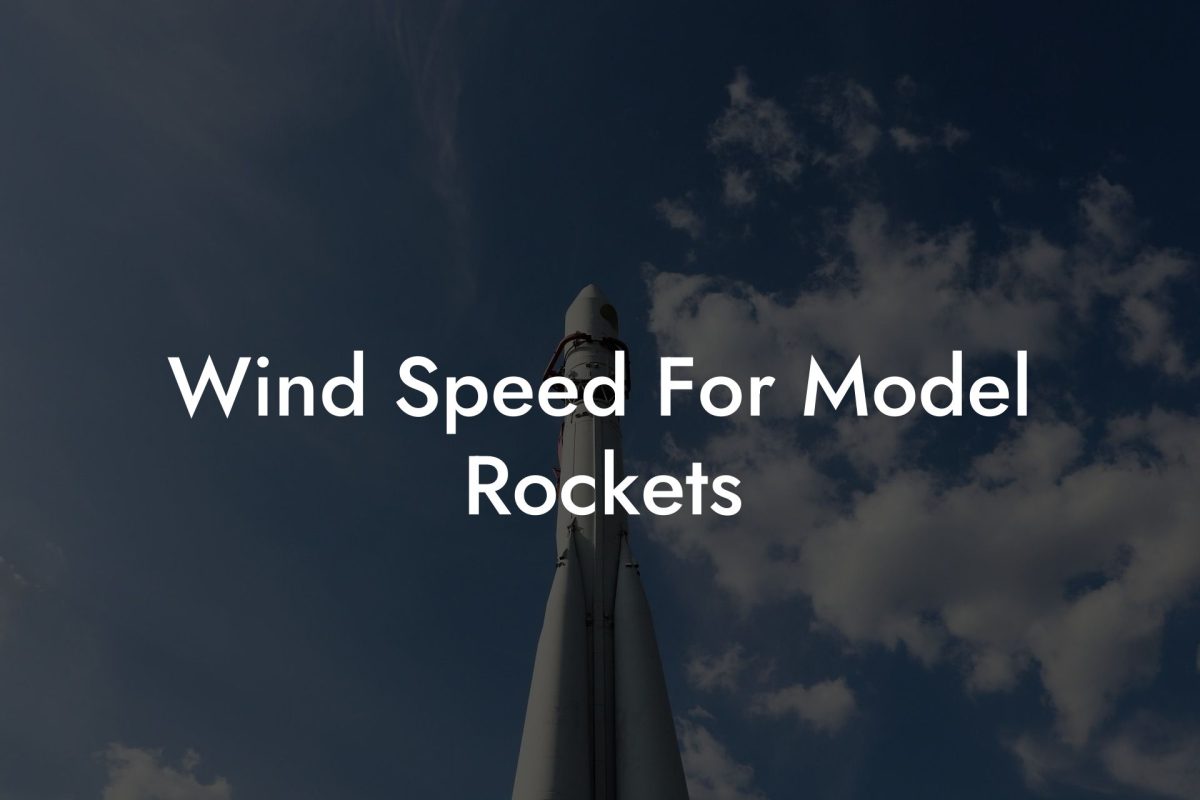Model rocketry is an exciting and rewarding hobby that allows enthusiasts to learn about science, engineering, and craftsmanship as they create their own mini rockets. One crucial aspect of this process is selecting the right type of glue to hold everything together. In this guide, we'll explore the various types of glue available and the benefits they offer when building your model rocket. So, get ready to embark on a journey of adhesive discovery!
What Type Of Glue Do You Use When Building Model Rockets Table of Contents
Factors to Consider When Choosing Glue for Model Rockets
Before diving into the different types of glue, it's important to consider several factors to ensure you choose the right adhesive for your project. Keep these key considerations in mind:
- Drying Time: Some glues dry faster than others, making them better suited for quick projects or impatient builders. However, slower drying glues often provide a stronger bond and are sometimes more forgiving when it comes to adjustments during assembly.
- Strength: You want a glue that creates a strong bond between materials such as wood, plastic, and cardboard. This is essential for ensuring your rocket's structural integrity during launch and flight.
- Flexibility: Some glues offer more flexibility once dry depending on the materials being used. This can be helpful in areas that may need to tolerate some movement, such as fins or recovery systems.
- Toxicity/Health: It's important to choose a glue that is safe for you to work with, especially if you have children or pets around while building.
Common Types of Glue for Model Rockets
There are several types of glue that work well for model rocket building. Here are some of the most popular choices:
1. White Glue (PVA)
White glue, also known as polyvinyl acetate (PVA) glue, is a common adhesive used in model rocketry. This glue is typically inexpensive, easy to work with, and creates a strong bond between materials like wood, paper, and cardboard. PVA glue dries relatively quickly but often remains somewhat flexible, making it a good choice for attaching fins and other parts that may experience some movement during flight. However, it may not bond as well to plastics or metals without additional surface preparation.
2. Wood Glue (Aliphatic Resin)
Wood glue, or aliphatic resin, is specifically designed to bond to wood. It is often used in model rocket building when attaching wooden parts like fins or centering rings. Wood glue creates a strong, durable bond and has a relatively quick drying time, although it is not as flexible as PVA glue. It generally bonds well to wood, cardboard, and paper materials.
3. Cyanoacrylate (CA) Glue
Also known as "super glue" or CA glue, cyanoacrylate adhesive is known for its rapid drying time and strong bond. It offers excellent adhesion to plastics and metals, making it an ideal choice for joining various materials used in model rocket construction. However, it can be less forgiving due to its quick drying time, and it can be more challenging to correct mistakes during assembly. CA glue also tends to be brittle once dried, so it may not be suitable for parts that experience significant stress or movement during flight.
4. Epoxy
Epoxy is a two-part adhesive that provides a very strong bond between materials. It works well on wood, plastic, metal, and other materials commonly used in model rocket construction. Epoxy takes longer to dry than other glues, which allows for adjustments during assembly, but also requires additional time for curing. Due to its strength and versatile bonding capabilities, epoxy is often used for high-stress areas or for joining different types of materials in rocket construction.
What Type Of Glue Do You Use When Building Model Rockets Example:
Let's say you're building a model rocket with a cardboard body tube and wooden fins. You would use wood glue (aliphatic resin) to bond the wooden fins to the cardboard body tube due to its strong adherence to both wood and cardboard. For any plastic parts, like the nose cone or a motor mount, you may opt for CA glue or epoxy to ensure a strong bond between materials.
Now that you've explored the various types of glue for building model rockets, you're well-equipped to choose the perfect adhesive for your next project. Remember to consider factors such as drying time, strength, and flexibility when making your selection, and always follow the manufacturer's instructions for proper use and safety precautions. Happy building, and don't forget to share your rocketry experiences with fellow enthusiasts on the Austin Rockets blog – after all, the sky's the limit when it comes to learning from each other and launching ever-higher!













